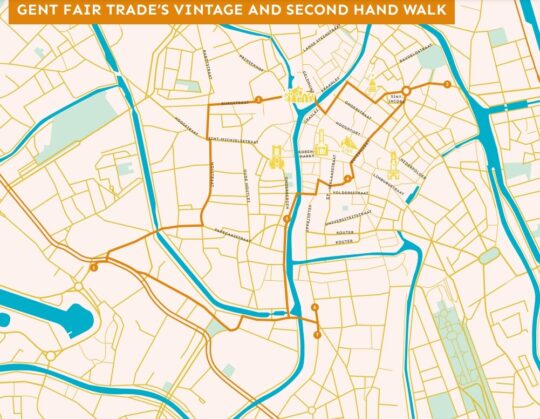Second Hand September was created in 2019 as an Oxfam initiative to promote the alternative way of shopping that is shopping second hand.
September is a month associated with Fashion Weeks, when the new collections are introduced to the public. This way, the charity introduced the aim of not to buy anything new for 30 days. In a world where climate change is increasingly affecting all of us, Second Hand September supposes an action that counts.
However, the aim is to let consumers understand that this way of shopping shouldn’t be considered only in September. By following the sustainable challenge, the participants will understand why we should appreciate and cherish this way of shopping. Being a conscious shopper should become our priority, in order to change the fashion industry and to stop the polluting pace.









